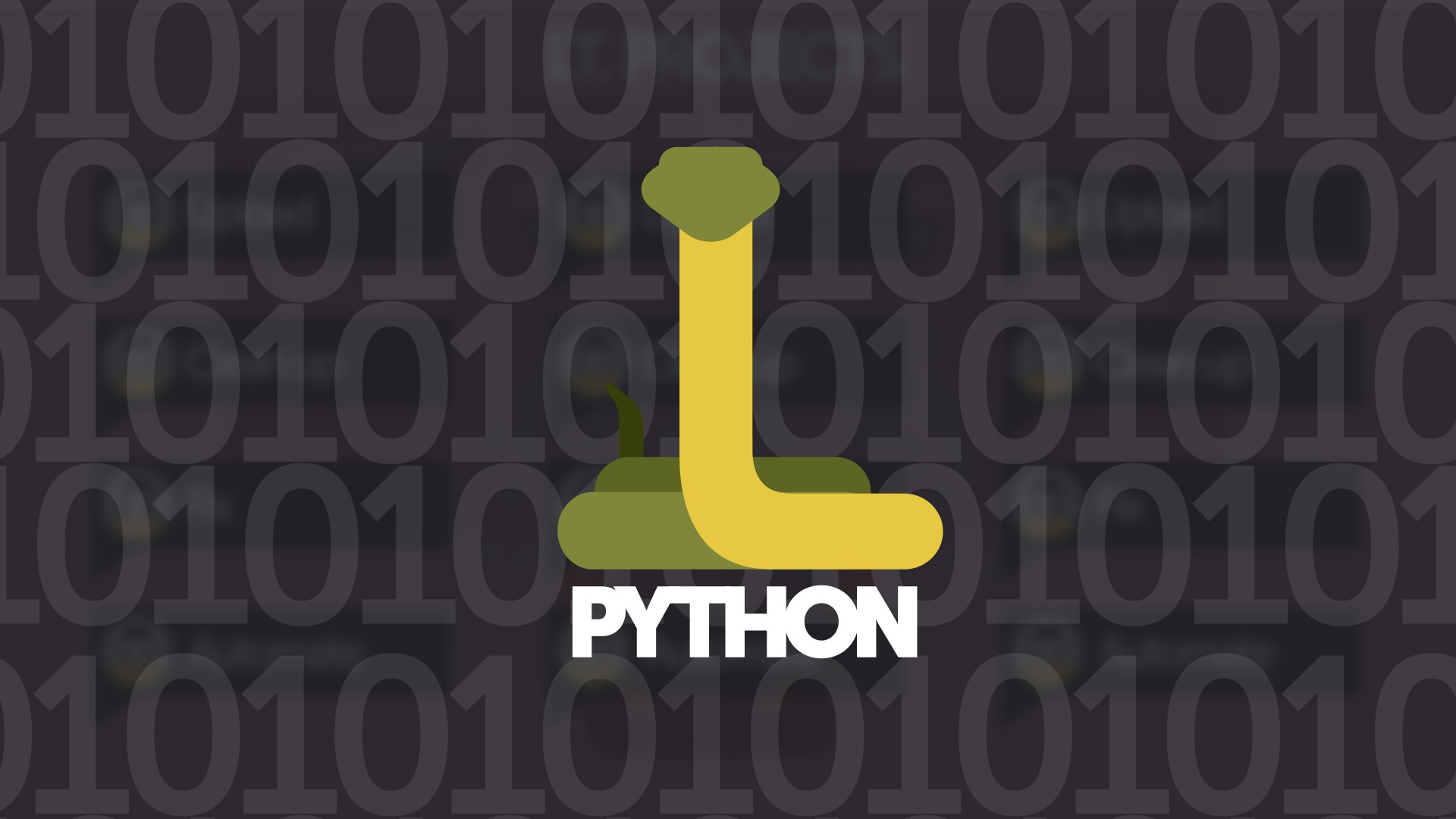

Here is a benchmark between zip in Python 2 and 3 and izip in Python 2: 2to3 is a Python program that. The zip implementation is almost completely copy-pasted from the old izip, just with a few names changed and pickle support added. To get in-depth knowledge of Python along with its various applications, you can enroll here with our live online training with 24/7 support and lifetime access. In Python 3 the built-in zip does the same job as itertools.izip in 2.X (returns an iterator instead of a list). Overall, I think the pure-python traitlets implementation adds a fairly high cost for what we get however, there are obviously some situations that would benefit greatly. This is the outcome of one performance-test run. Got a question for us? Please mention it in the comments section of this “Zip Function in Python” blog and we will get back to you as soon as possible. The performance hit for traitlets.Int() and traitlets.Unicode() was about 25 to 35 times slower than Python 3.9.14 stdlib. I hope that you learnt the concepts well and hence try it out to be more accurate. With this, we come to an end of this Zip Function in Python article. Here are some Python 3.0 resources: What's new in Python 3000 Python 3.0 change log. Also, the standard library has been reorganized in a few prominent places. The language is mostly the same, but many details, especially how built-in objects like dictionaries and strings work, have changed considerably, and a lot of deprecated features have finally been removed. The solution to Sort Two Lists By One Python will be demonstrated using examples in this article. 'Python 3000' or 'P圓k') is a new version of the language that is incompatible with the 2.x line of releases.
#Python izip python 3 code#
listA = Īs you can see, listA and listB are lists and listC and listD are shown as tuples shown as the output. Sort Two Lists By One Python With Code Examples. To clearly understand the difference, we take two new variables and put the unzipped data in that. #unzip zl and put the values back to listA and listB #zip listA and listB and put it in one list zl

This is done with the help of “*” operator. So now, if we want to put the old values into listA and listB from zipped list zl, then we have to unzip zl. Unzipping means converting the zipped values back to the individual self as they were. The zip() function returns a zip object, which is an iterator of tuples where the first item in each passed iterator is paired together, and then the second. This zip object is an iterator. In other words, returns a single iterator object, having mapped values from all the containers. So in order to get the values, we either convert the zl ( from the above code) to list, set or anything.

This is because zip methods returns a zip object instead of a list. In Python 3, when we execute the above code, we won’t get the same result. The ith element of the tuple is created using the ith element from each of the iterables. Zip() function is a built-in function and it takes any number of iterables and returns a list of tuples. Let’s get introduced to zip function in Python in the Following order: So if you want to write 2 variable as a CSV row you can put them in a tuple or list: writer.writerows((variable1,2))Īlso from itertools you can import zip_longest as a more flexible function which you can use it on iterators with different size.Ever wondered how we can take one element each from two different lists and make them as a pair and put them in a new list? Well this concept apart from being interesting is very useful in many specialization areas.

In this case since zip's arguments must support iteration you can not use 2 as its argument. Print(timeit('zip(xrange(100), xrange(100))', number=500000)) We passed the first argument to ZipFile class a filename with the path that you want to. Here is a benchmark between zip in Python 2 and 3 and izip in Python 2: In Python 3 the built-in zip does the same job as itertools.izip in 2.X(returns an iterator instead of a list).


 0 kommentar(er)
0 kommentar(er)
